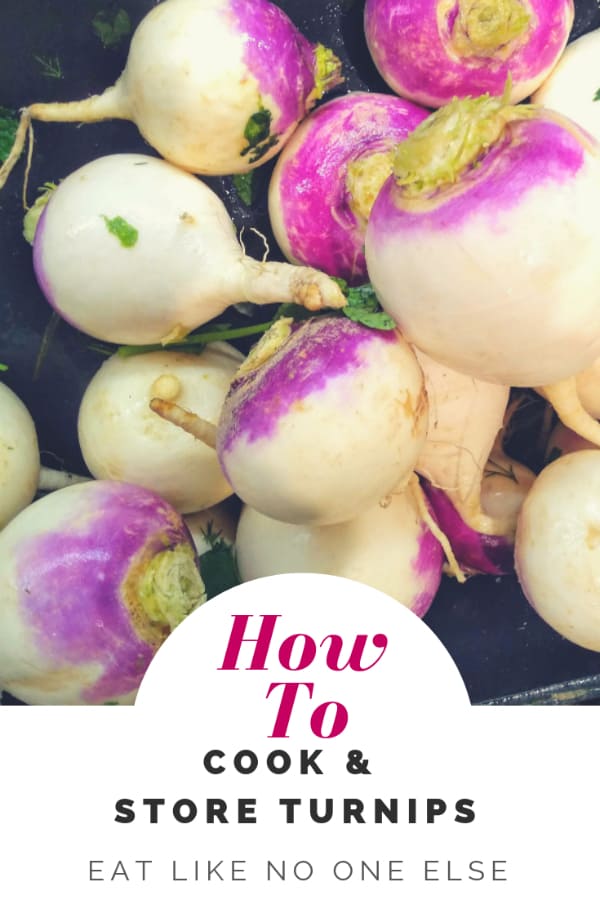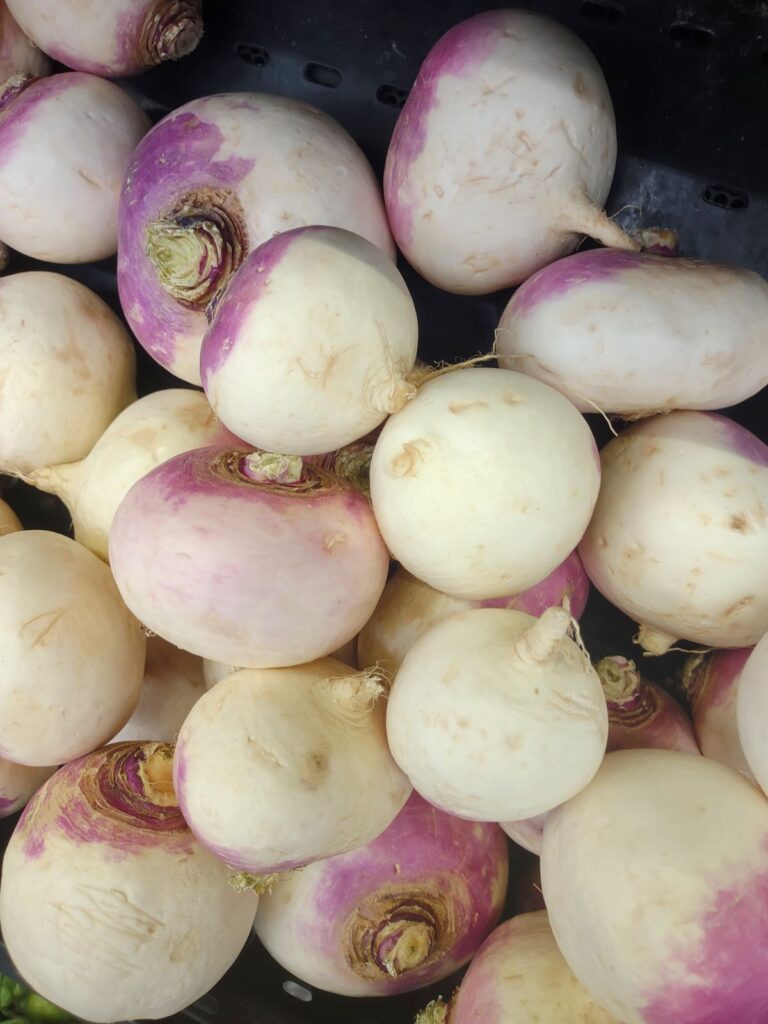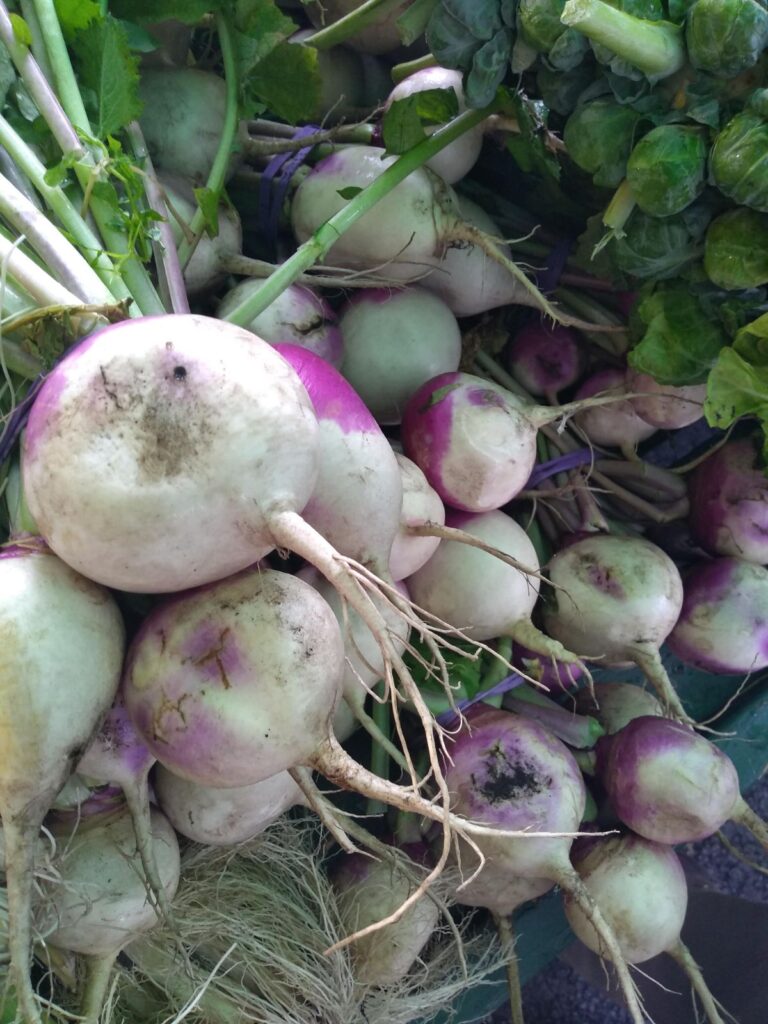Is it necessary to store turnips in the fridge or can you store them at room temperature?

Should Turnips Be Refrigerated? Since most of us don't have root cellars anymore, the fridge is the next best place to store turnips. The best place in the fridge is the crispier drawer. Be sure if they are in a plastic produce bag, it's not so tight that moisture collects on the turnips.
We are very fortunate in this country to have access to so many different types of vegetables.
Unfortunately I think we often walk by a lot of those veggies without a second thought.
When was the last time you had turnips? They are a classic root vegetable that I think has been disappearing from America's dinner plate. They have been ignored in my household until just this month, we I bought a turnip for the first time to make a cream of turnip soup for St. Patrick's Day.
Maybe it's time you get the old turnip a chance in your kitchen. Besides giving you tips on how to store them, I will share with you what turnips really are and how to you might want to cook them.

❓ What is a Turnip?
A turnip is a root vegetable - that is a vegetable that we mainly eat what grows under the ground.
Turnips do produce greens on top (turnip green) that can be eaten, making this vegetable a great choice for the home gardener as you get more food for your work.
Part of the root will peak above ground. This part will turn color, usually purple, but can also be found in green and red colors. The interior is all white. The flavor is pretty mild. There is a variety of turnip called a Scarlet Turnip that is all magenta in color without any white. The interior is still white.
📦 How to Store a Turnip
Turnip are best stored in dry, cool, and dark environment. While the fridge may be cool and dark, it's a humid place, so not the most ideal location for turnips. People stored them in root cellars for years - it's why they are called root cellars. Sadly most of us don't have one these days, so the fridge it is!
To store the in the fridge:
- Place them in the bottom drawer or crisper drawer.
- Also make sure you don't keep them wrapped tightly in a produce bag. The plastic bag will hold moisture right up against the turnip and may cause it to turn slimy, moldy, or rot with time.
- If you put the turnip in completely uncovered it could start to dry out. It's still edible though.
Turnips can last in the fridge for 2-3 weeks depending on if they don't get too moist and how fresh they were to start.

🌿 Turnips with Greens
Sometimes you will find turnips with their green still attached. Mostly at farmers markets. Or you may find, small tender baby turnips with greens attached. These greens can be eaten, so don't toss them.
However the greens will suck moisture out of the roots just like carrots would. So you have less time. If you aren't going to cook the root right away, then cut off the greens. They need to be cook like collard greens, unless you have baby turnips and those greens are a lot more tender and could be eaten raw.
👨🍳 How to Cook a Turnip
Turnip can be cooked like any other root vegetable. You can dice and boil them. The best way may be to roast them. Roasting any root vegetable brings a nice caramelized sweetness to the palate.
To roast turnips
- Dice them first
- Coat in oil
- Season with salt
- Roast at 400 degrees until a nice golden brown color (don't burn them) as formed on the outside.
Roasting them before pureeing them for a cream of turnip soup gives the soup a better texture.
Want to change up your usual mashed potatoes, trying add some turnips. I also like to roast them along with other root vegetables like rutabagas and parsnips and place them on a rack that is underneath my spatchcocked Thanksgiving turkey that is cooking above just on the rack.


Leave a Reply